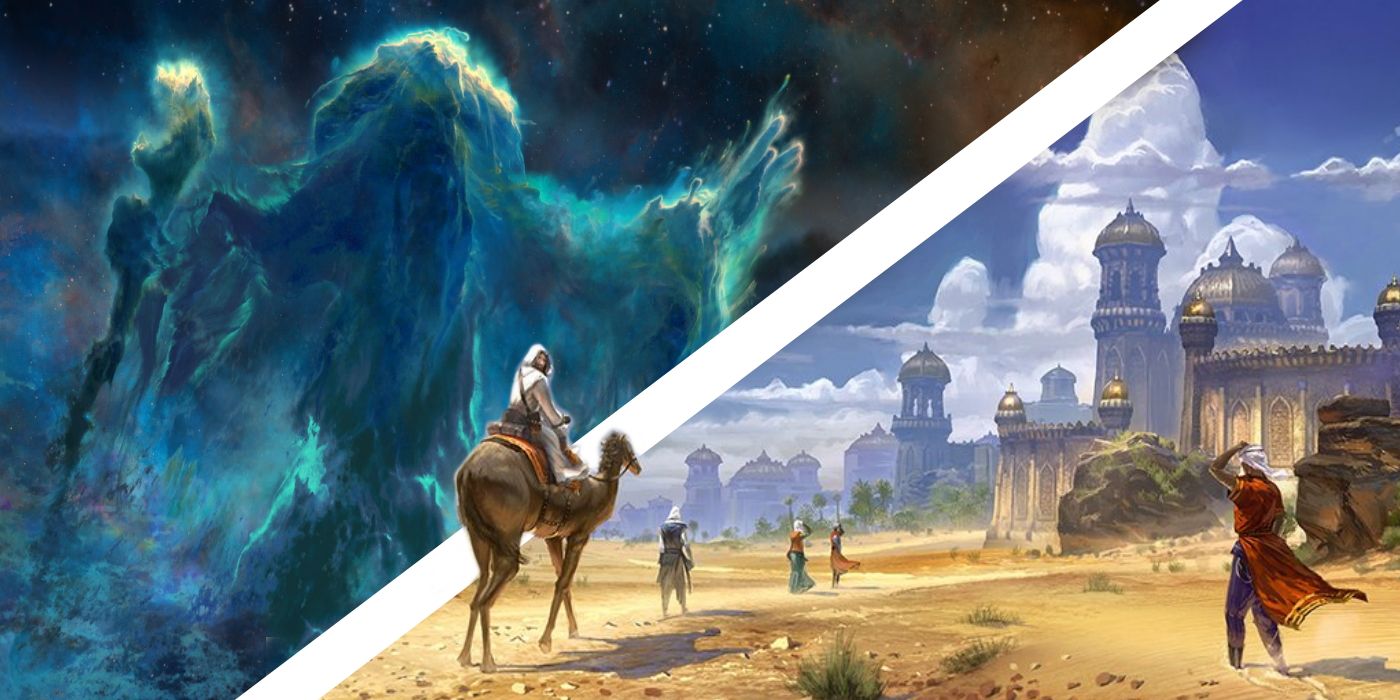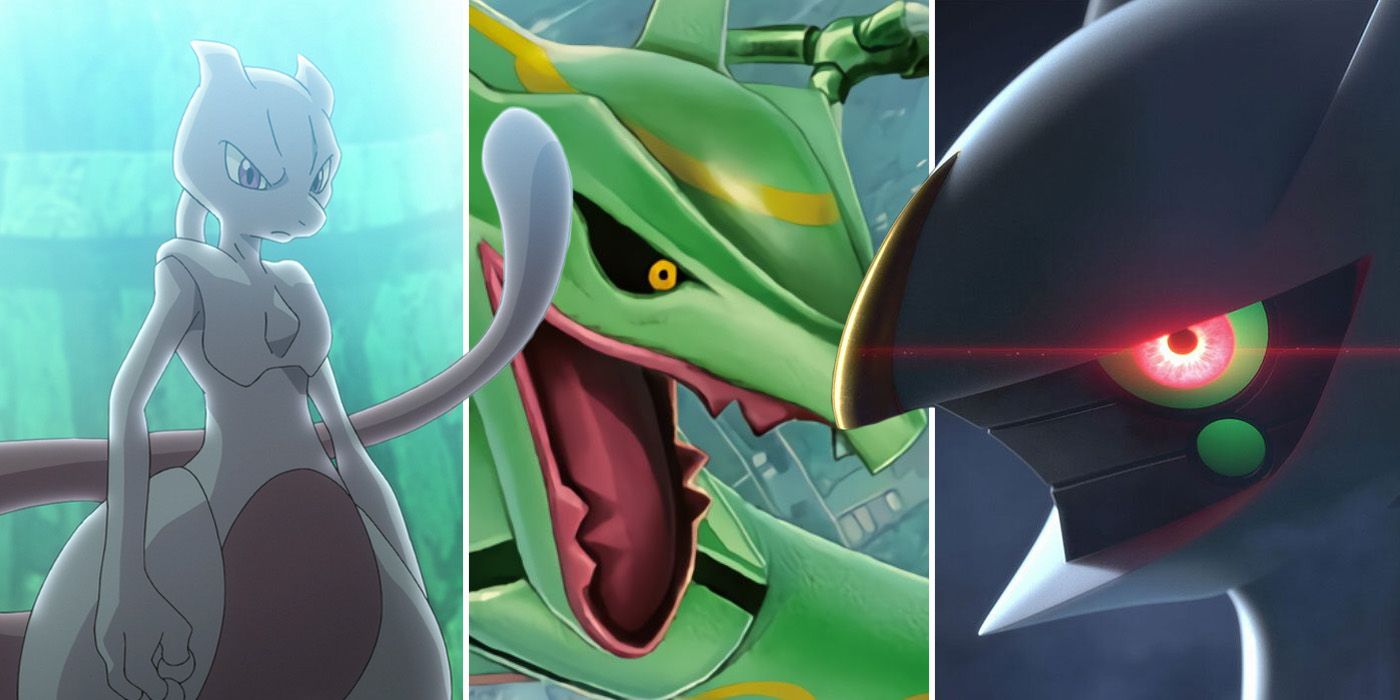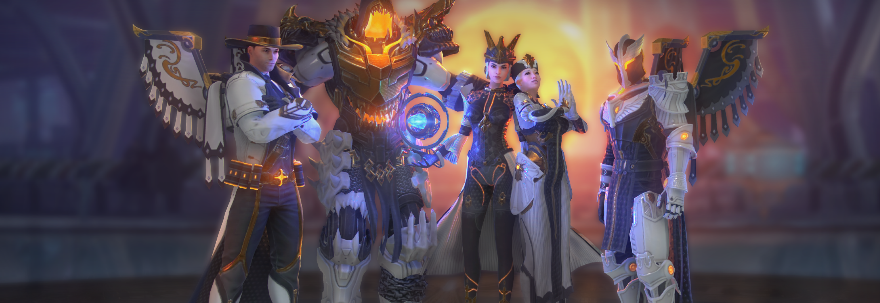

Ever since The Elder Scrolls 6 was announced all the way back at E3 2018, there have been rumors that Hammerfell could form at least part of the hotly anticipated game's setting. Even without official news from Bethesda, the case for the Redguard province has become stronger over time. Fans were quick to notice a symbol in Starfield's E3 2021 trailer resembling an outline of Hammerfell and High Rock, leading many to conclude that, as in Daggerfall, the next entry in Bethesda's flagship franchise will be set around the Iliac Bay.
Hammerfell has some strange gods, and they don't come much stranger than Tall Papa, the head of the Yokudan pantheon still worshipped by many Redguards and brought over from the lost continent of Yokuda. Also more formally known as Ruptga, Tall Papa's story has fascinating imagery that could make The Elder Scrolls 6's setting a stark departure from Skyrim.
RELATED: The Elder Scrolls 6 May Be Doing Elsweyr and Black Marsh a Disservice
Like much of Tamriel's weirdest lore, much of the information Elder Scrolls fans have about the Yokudan pantheon comes from Michael Kirkbride. Kirkbride is a former Bethesda writer who continues to write lore for the series that is occasionally integrated into the main games. One of his posts, The Monomyth, appears as a book in Skyrim and Morrowind.
"All Tamrielic religions begin the same. Man or Mer, things begin with the dualism of Anu and His Other. These twin forces go by many names: Anu-Padomay, Aniel-Sithis, Ak-El, Satak-Akel, Is-Is Not."
Satak-Akel, or Satakal, is the Redguard religion's version of this dynamic. Satak is their version of Anui-El, while Akel is their version of Sithis. Together, Satakel is known as the Worldskin, the Yokudan god of everything. Satakel is described as a being that, like Alduin in Skyrim, destroys each world. The idea is that Satakel eats himself and then sheds his skin to start a new world. In the Yokudan religion, gods and spirits are beings which have figured out how to survive this cycle of destruction. They do so using a process known as the Walkabout, first devised by Tall Papa.
How exactly the Walkabout works largely remains a mystery, described as "moving at strange angles." Whatever the Walkabout entails, it is said that after its creation Tall Papa used his massive size to create Tamriel's constellations as a guide for the other spirits, allowing them to follow his lead. Stars are frequently used as Tall Papa's symbol, similar to Akatosh and dragons.
The creation of the Walkabout is also fundamental to Redguard beliefs about the afterlife. When Tall Papa created the Walkabout, it gave the god Tu'whacca a new purpose, to help shepherd the souls of the dead to the Far Shores. The Far Shores are the afterlife where lesser spirits can find refuge and eventually use the Walkabout to survive the shedding of the Worldskin.
RELATED: The Case For The Elder Scrolls 6 To Star The Orcs
Despite The Monomyth describing how the religions of Tamriel start in roughly the same place, the Yokudan religion has a very different account of the origins of Mundus, the world of The Elder Scrolls. In the Empire and Elves' main religion, Lorkhan, known by the Nords as Shor, created the world and was punished by the other Aedra for the deed. His heart — the Heart of Lorkhan — was torn out and cast into the world.
In religion of Yokuda, Lorkhan's role was filled by Sep, also known as the Snake. According to their mythology, Tall Papa created the god Sep using the leftover parts of skins shed by Satakal. The in-universe book Varieties of Faith in the Empire explains that Tall Papa needed "someone to help him regulate the spirit trade." So many worlds had been created and destroyed that there were now too many spirits for even Tall Papa to guide alone.
Varieties of Faith in the Empire then goes on to say that Tall Papa's new servant was ultimately driven mad by the hunger of Satakal. Sep tried to find an easier method for surviving the shedding of the Worldskin than the Walkabout. To do this, Sep created Mundus using the remaining discarded skins. The spirits that followed Sep to the world he created became mortals. As with Lorkhan, Sep was punished. Tall Papa squashed the Snake with a big stick, but it is said his hunger lives on as the void between stars that misguides souls trying to reach the Far Shores.

Tall Papa isn't just the creator of Sep and inadvertently the world of The Elder Scrolls in the Yokudan religion. He's also the father of many of the other Redguard gods and heroes, including Leki, the goddess of aberrant swordsmanship who taught the Redguard their unique fighting style.
The last two Elder Scrolls games have both explored fantasy locations that remain recognizable stand-ins for parts of Europe. Cyrodiil represents the heart of the Roman Empire at its prime, while Skyrim stands in for its far reaches in Germania and the Norse world of the Viking Age. The influences on their religions are clear to most fans. Sovngarde and the Hall of Heroes, for example, are analogous to Asgard and Valhalla. Although the structure of the Redguard religion follows the same basic outline as many of Tamriel's mythologies, the language and imagery used takes influence from myths from across Africa that get far less time in the spotlight in mainstream RPGs.
Figures like Tall Papa could help make the setting of The Elder Scrolls 6 feel like a fresh departure from Skyrim, and might even be the key to helping the next game step out of The Elder Scrolls 5's immense shadow. Although The Elder Scrolls 6's setting has yet to be confirmed, fans can only hope that Bethesda dives head first into some of the series' less generic influences.
The Elder Scrolls 6 is in development.
MORE: How AI Could Transform The Elder Scrolls 6's Voice Acting




